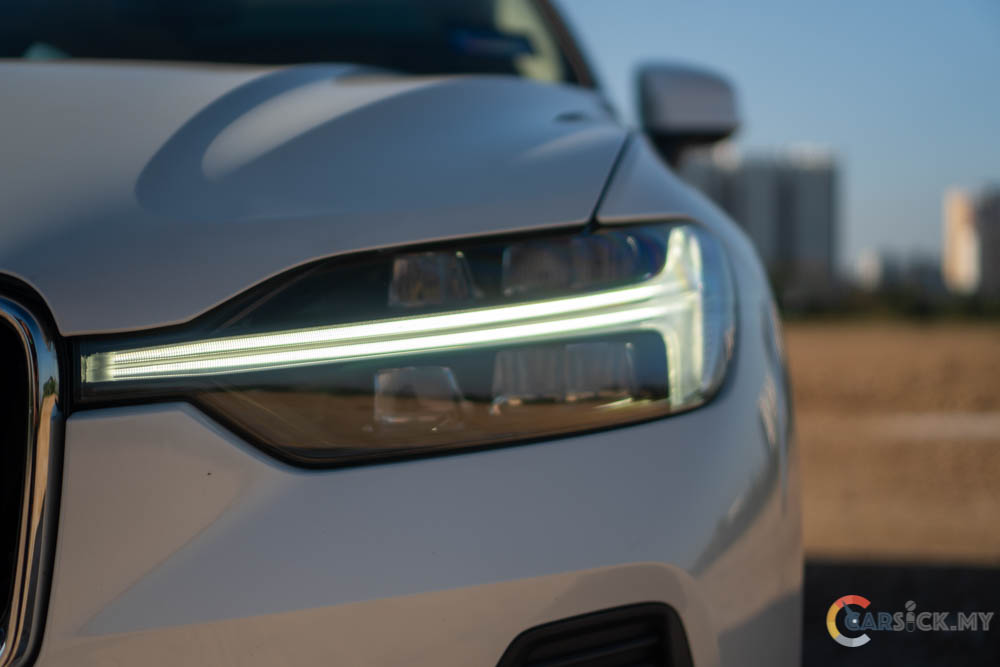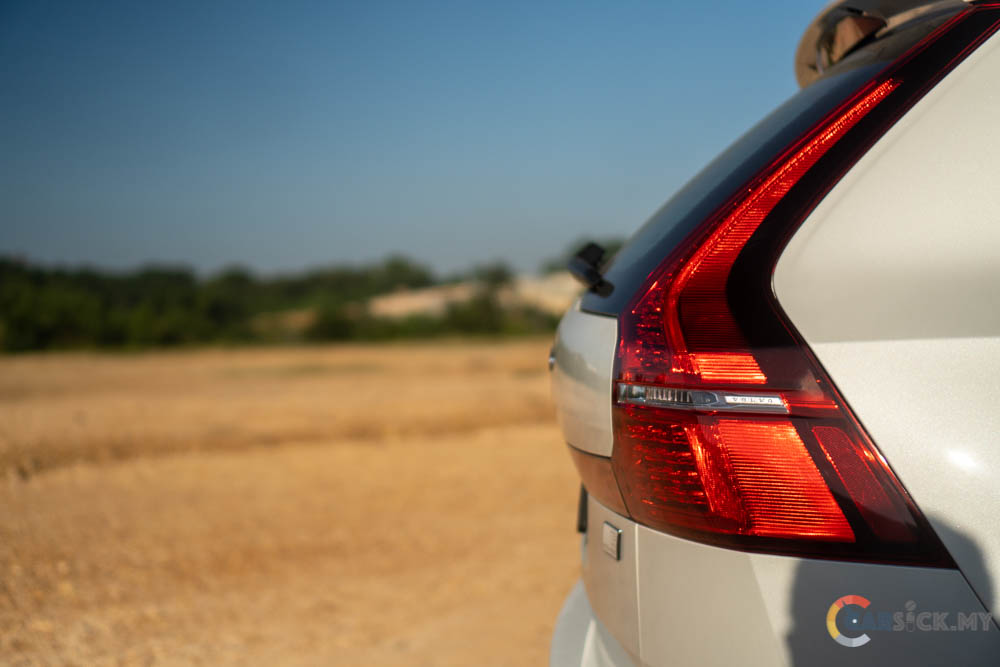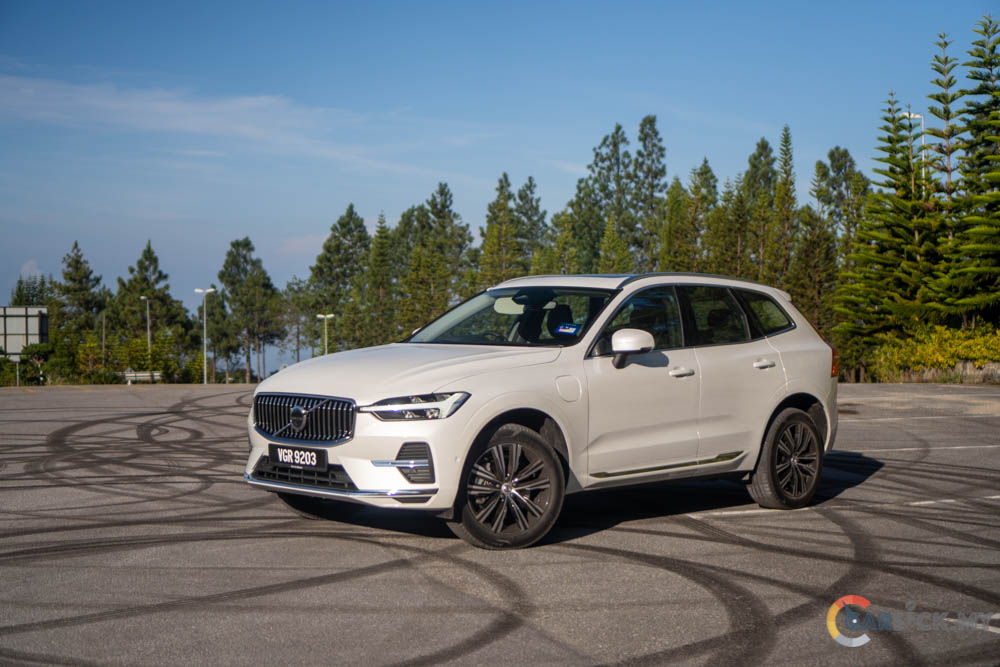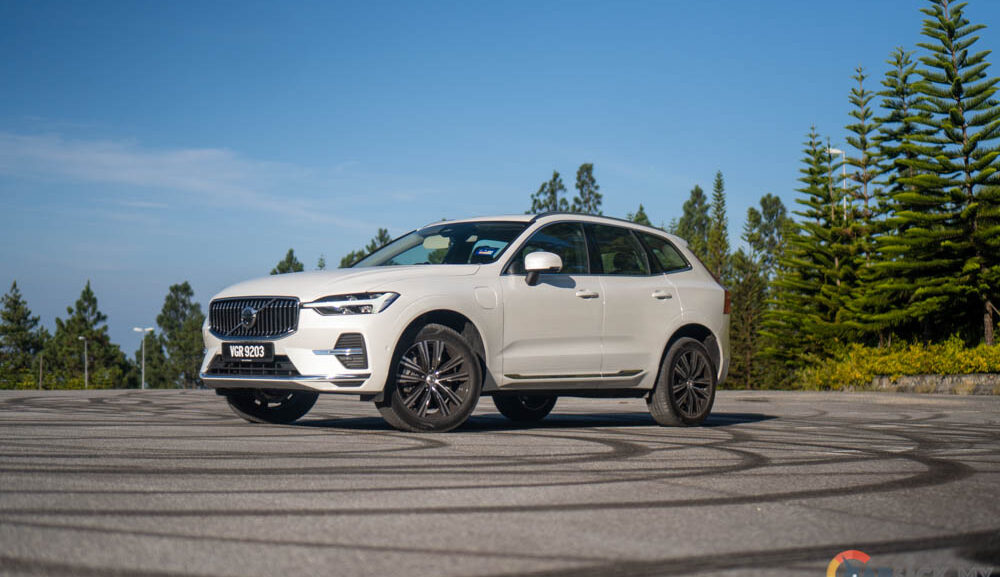Every time when I switch between different review vehicles, the 1st thing that I will try to get familiar with is the infotainment system. At the current moment, every car manufacturer has a different take on how they want their infotainment to look and feel like. With these differences, it may pose a problem to the general public as they don’t interact with the different infotainment systems frequently.
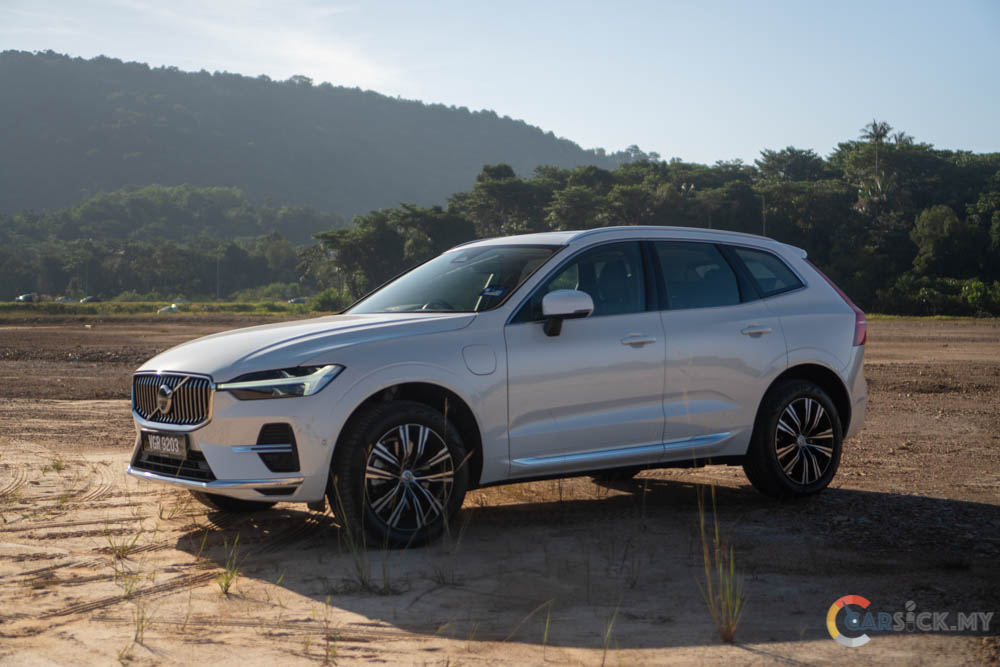
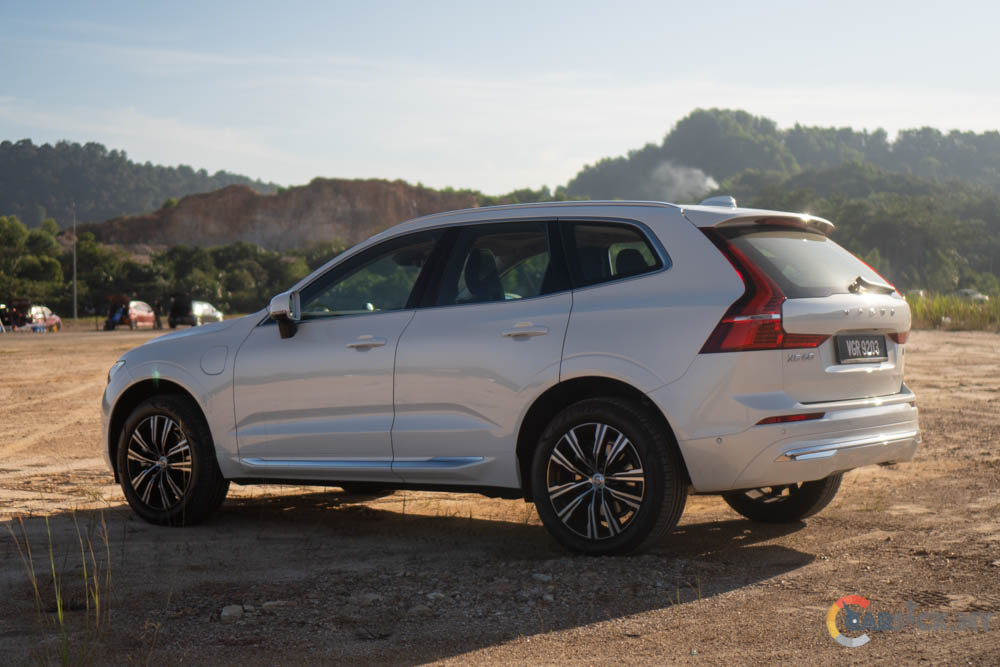 In order to simplify and standardize infotainment systems, tech companies like Google and Apple have started to develop their own version of a standardized operating system to be preloaded into modern day vehicles. The first of its kind to hit the market is the Android Automotive system, and this system is now powering the infotainment of the recently updated Volvo XC60. Let’s take a closer look at the XC60 and the new Android Automotive system together.
In order to simplify and standardize infotainment systems, tech companies like Google and Apple have started to develop their own version of a standardized operating system to be preloaded into modern day vehicles. The first of its kind to hit the market is the Android Automotive system, and this system is now powering the infotainment of the recently updated Volvo XC60. Let’s take a closer look at the XC60 and the new Android Automotive system together.
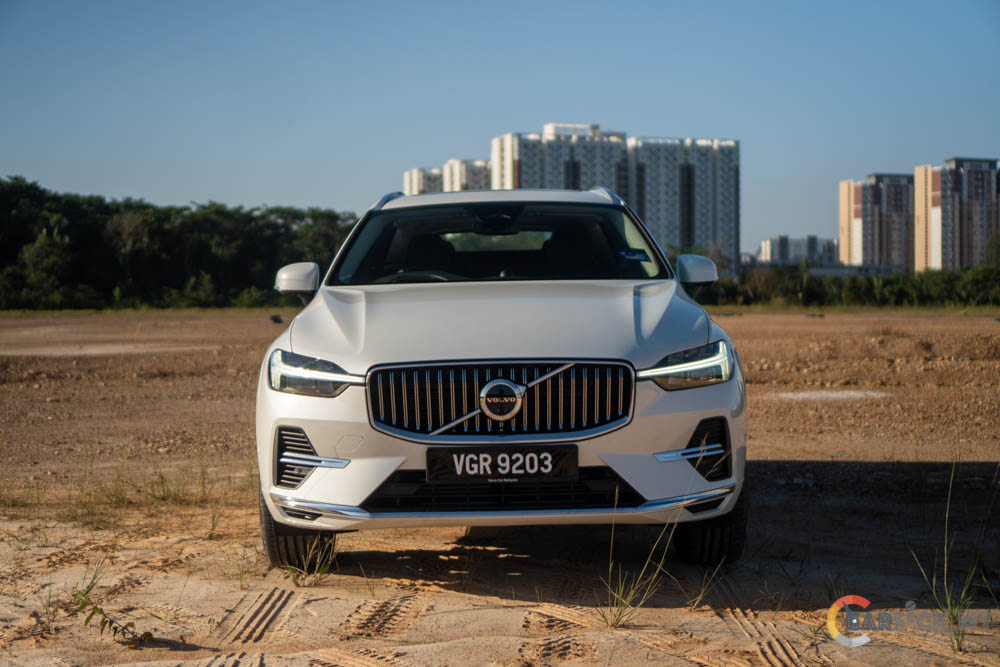
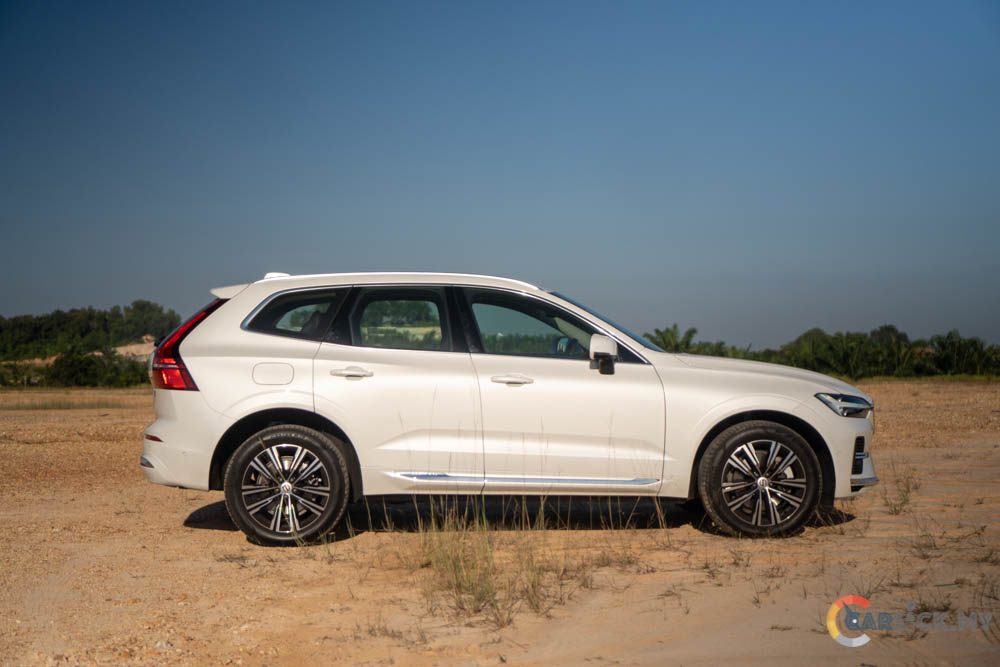
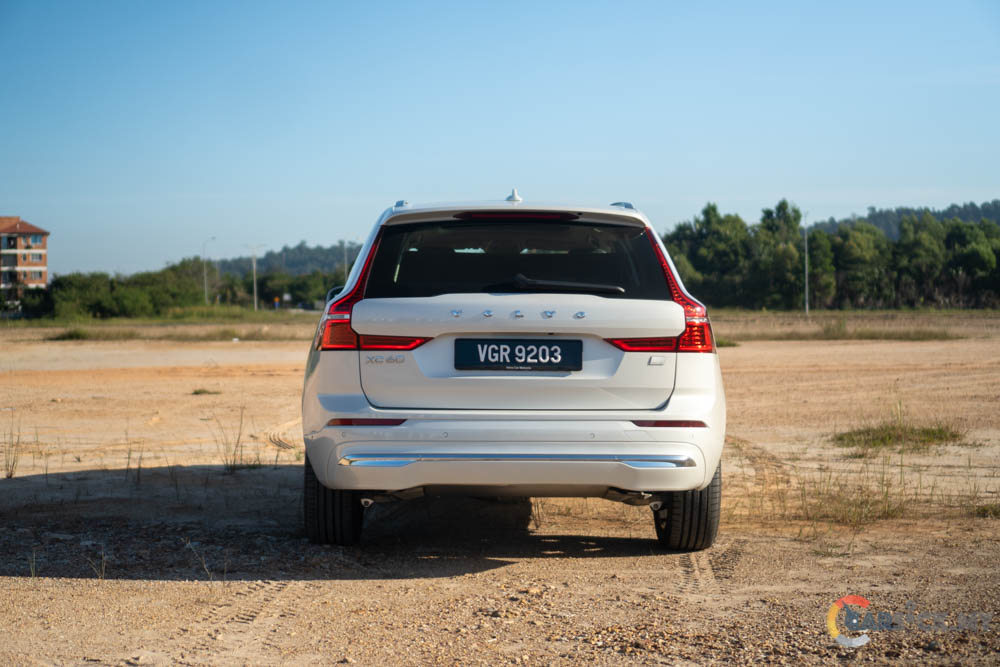 Starting from the exterior, untrained eyes will struggle to spot the differences of the new XC60. The SUV still looks as sleek and handsome as before. In order to spot the difference, the updated car gets redesigned front and rear bumpers. Since this XC60 is the regular variant, the rims on it don’t look as sporty as those rims found on the Inscription and Inscription plus variants.
Starting from the exterior, untrained eyes will struggle to spot the differences of the new XC60. The SUV still looks as sleek and handsome as before. In order to spot the difference, the updated car gets redesigned front and rear bumpers. Since this XC60 is the regular variant, the rims on it don’t look as sporty as those rims found on the Inscription and Inscription plus variants. 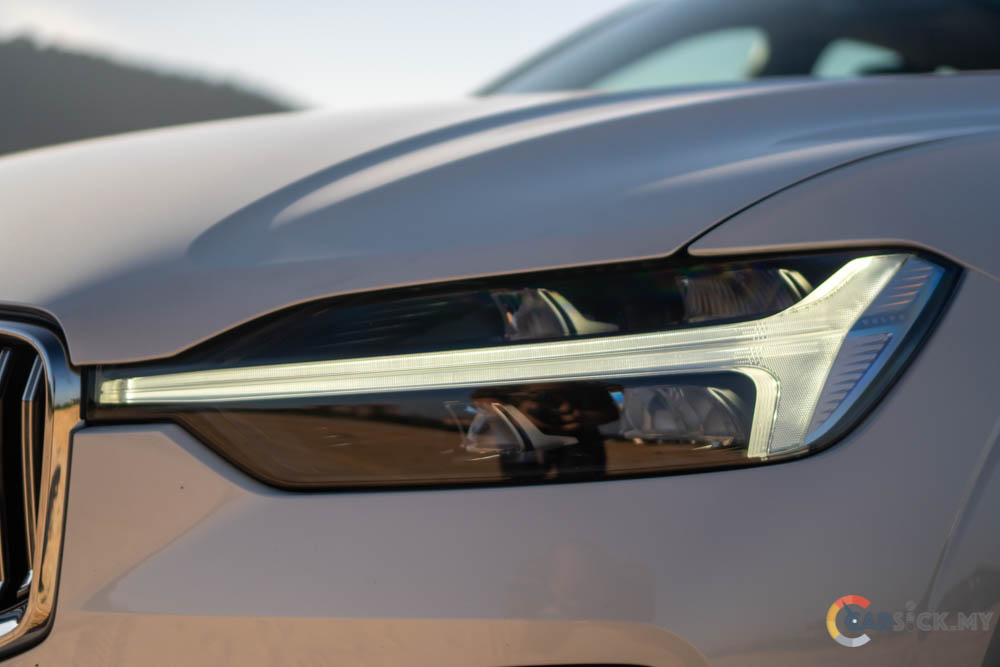
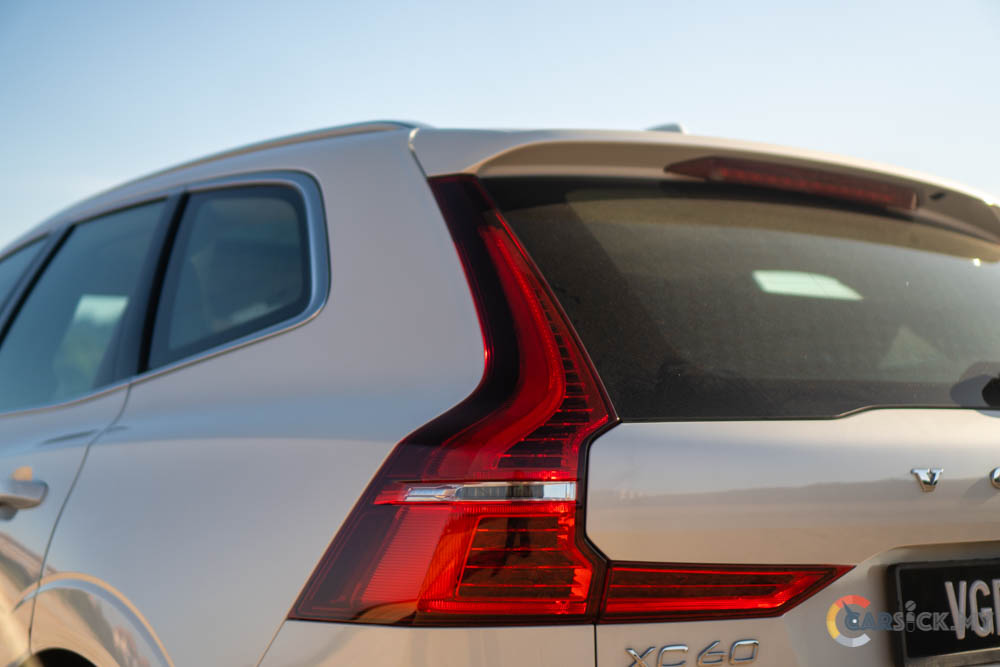
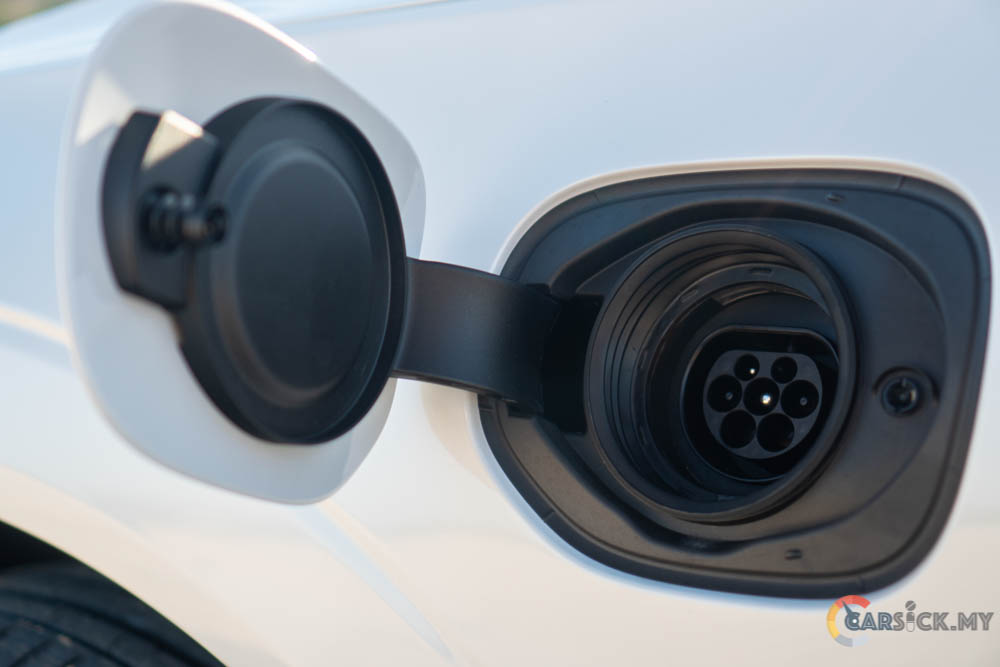
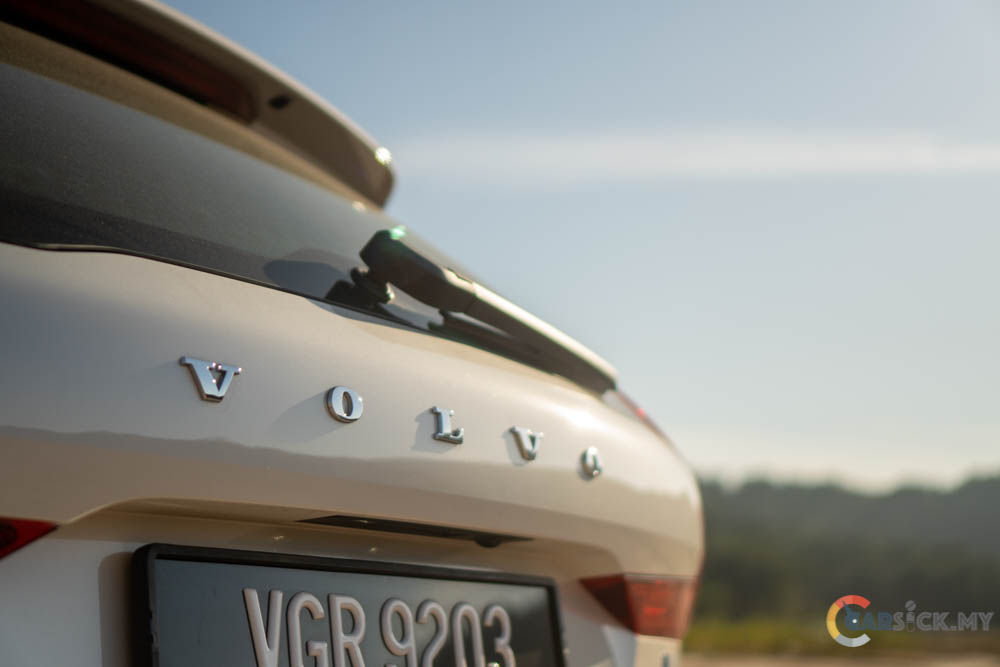
Hopping on board, the overall layout for the interior is pretty much untouched by the Volvo team. The dashboard is made out of high quality open pore wood, real aluminum trims, and of course the beautiful crystal gear lever. The driver seat is very comfortable and supportive for long distance driving, and the seating position is spot on. The rear seats have plenty of legroom and headroom, but the seatback is fairly upright. I also notice that when going over a bumpy surface, the rear passengers do feel the bumpiness of the rear suspension. 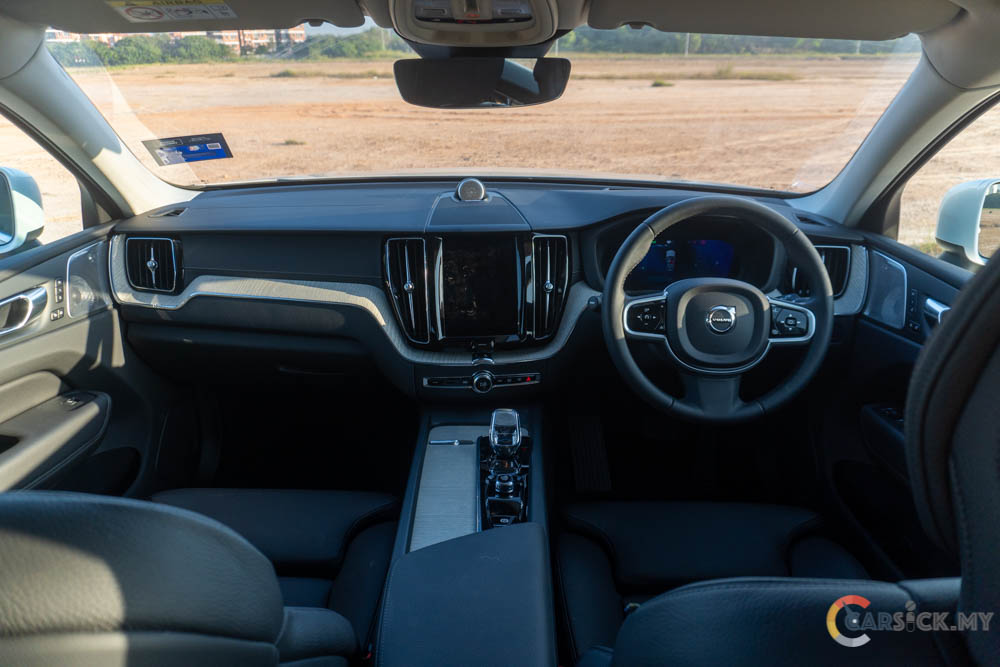

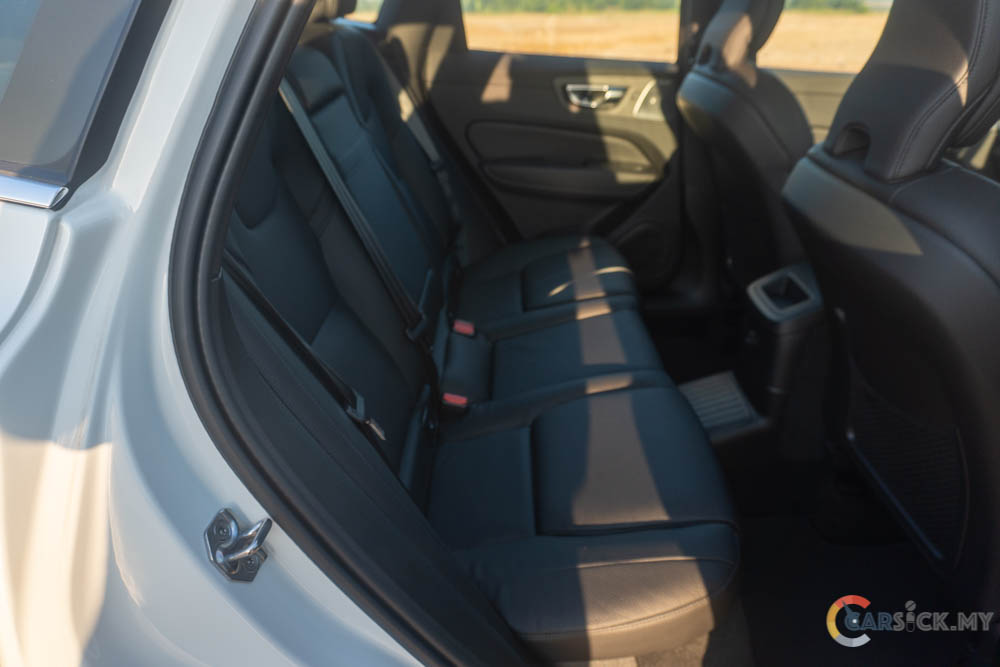
The main changes for the interior are the new Android Automotive Operating System for the infotainment and the instrument cluster. The XC60 is the 1st vehicle in Malaysia to feature the Android Automotive OS. In order to fully experience the Android Automotive system, 1st the user has to sign in to their Google account through either the infotainment screen, or with their smartphones by following the instruction on the infotainment screen. 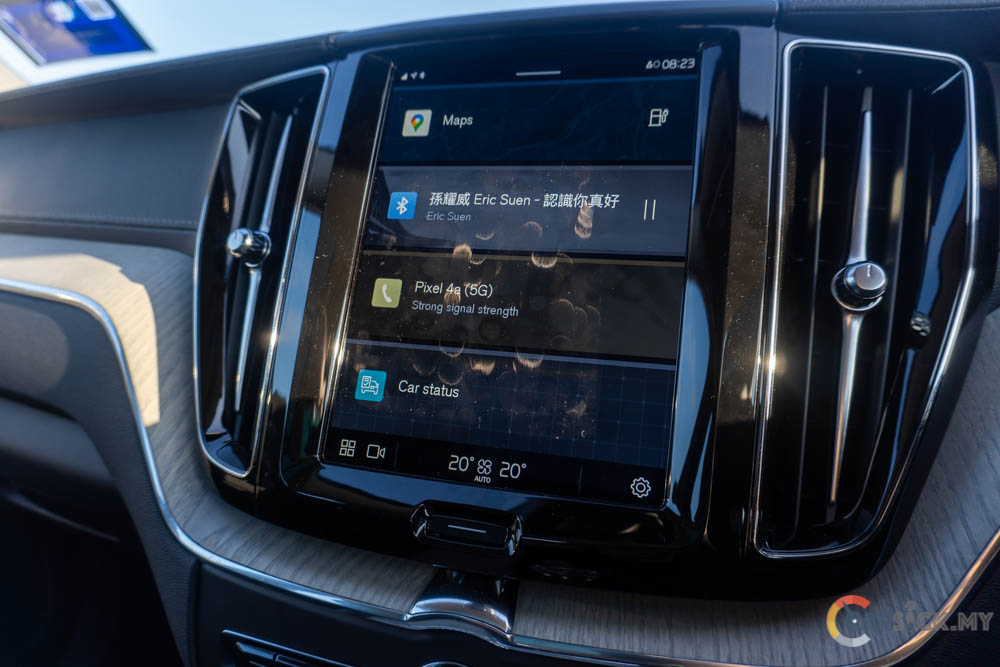
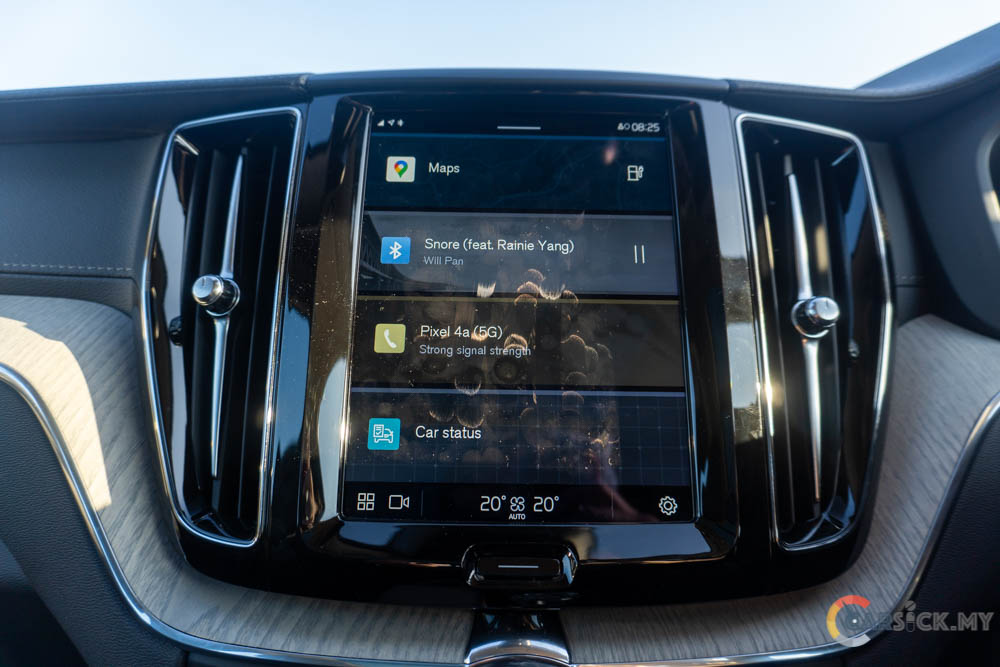
The main question here is, what is the advantage of having the Android Automotive infotainment system? First up, instead of having each manufacturer create a specific voice command system for their cars, the Android Automotive will use the Google Assistant function to not only to control the usual Google apps, but also systems like the climate control of the vehicle. 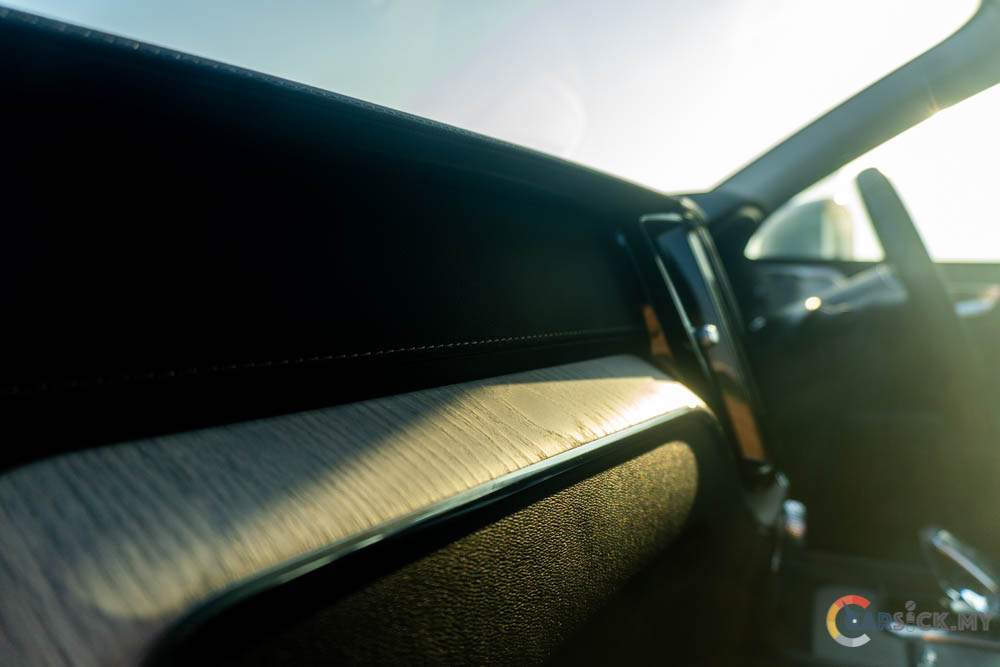
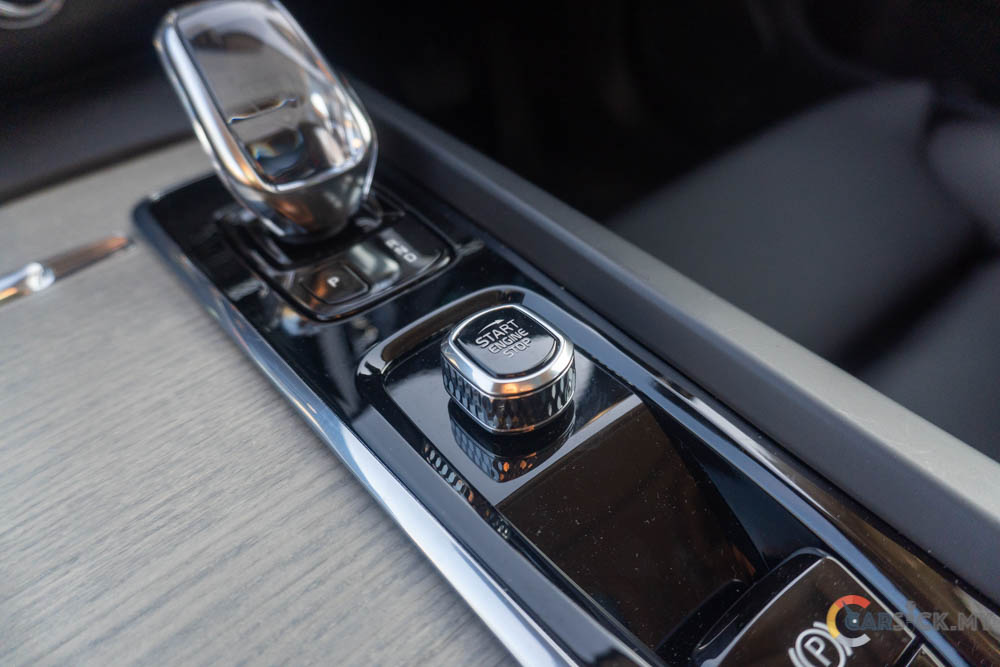
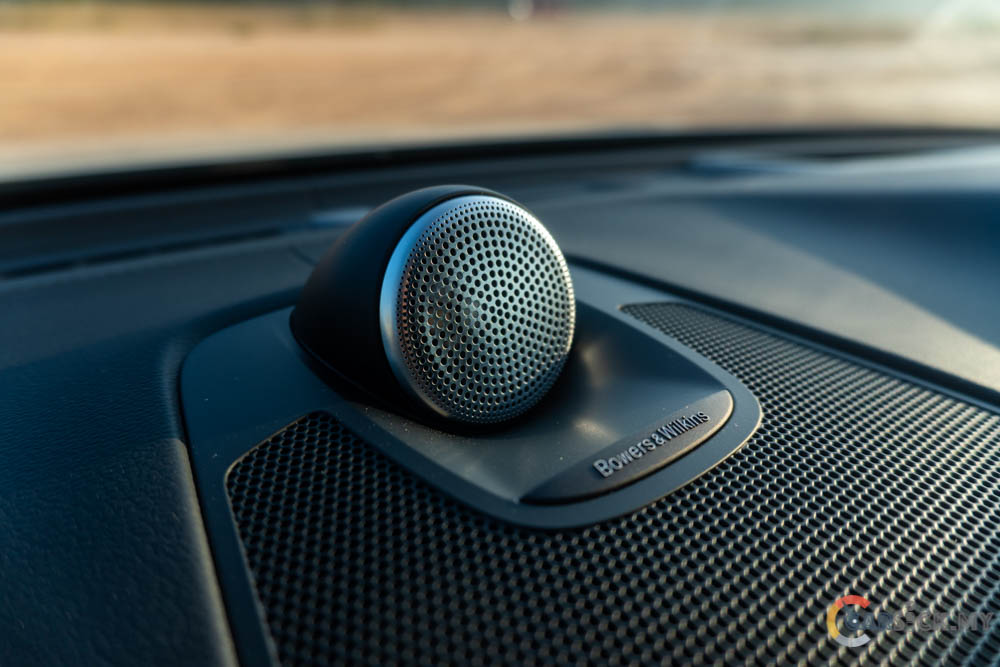
Up till now, some of the official apps found on smartphones like Google Maps and YouTube music are available for the Android Automotive system. Since the Android Automotive system is still a fairly new system, not many third party apps are available for it. According to Google, another advantage for the Android Automotive system is that 3rd party app developers can convert their Android Auto Apps to work with the Android Automotive system. With that, expect more and more third party apps to come to the Android Automotive system in future. 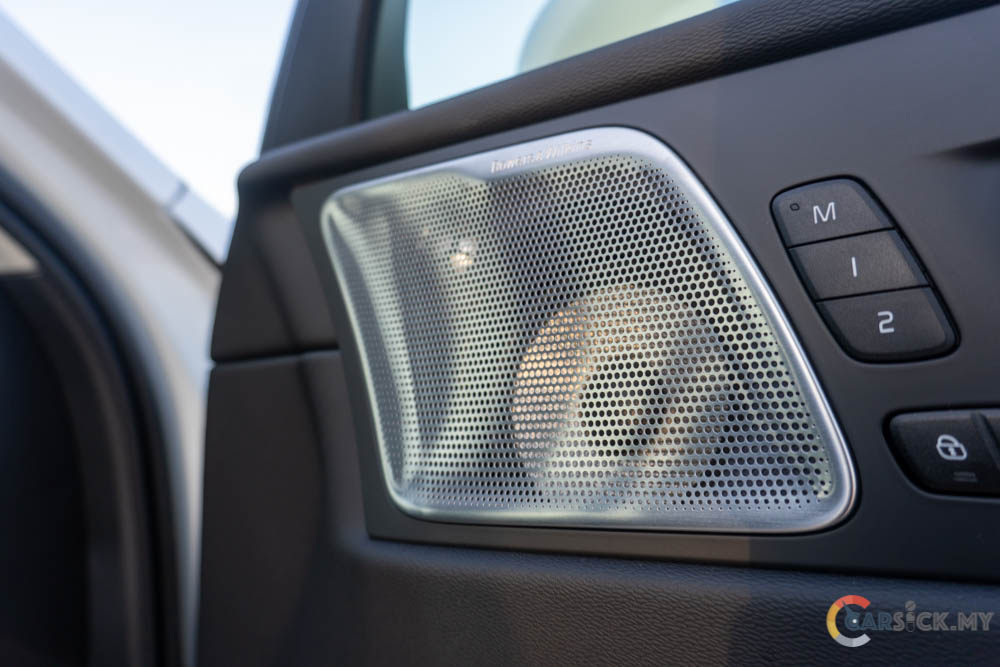
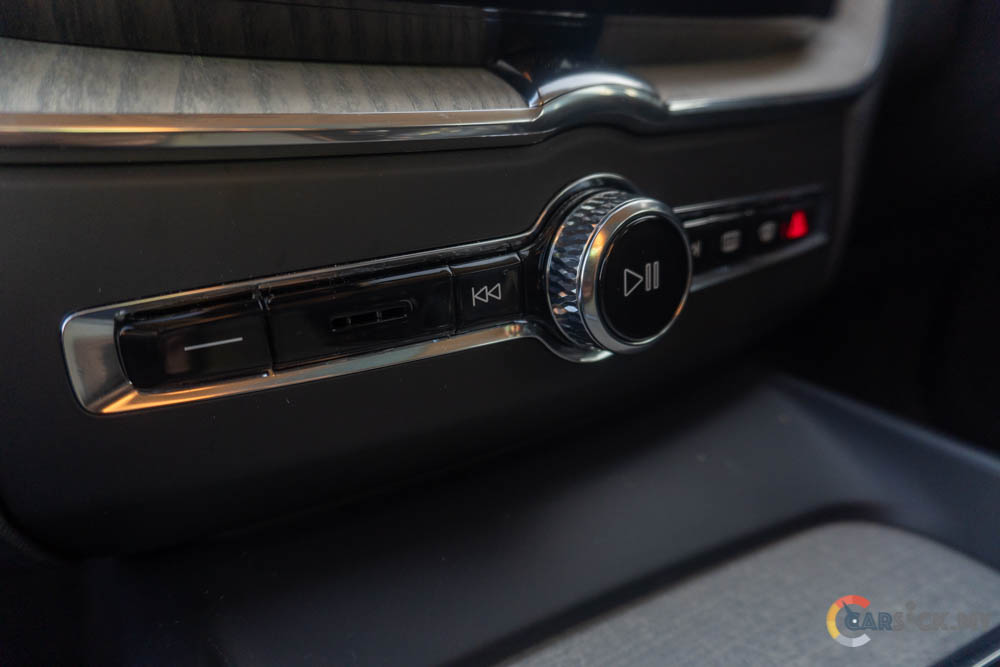
For navigation, the Android Automotive system uses Google Maps to provide navigation to the drivers. By using Google Maps, this ensures the maps are up to date while providing live traffic updates directly on the infotainment screen. In order to ensure the driver can keep their eyes on the road, the instrument cluster and heads up display will also display the directions from the Google Maps to help the driver to navigate to their destination. 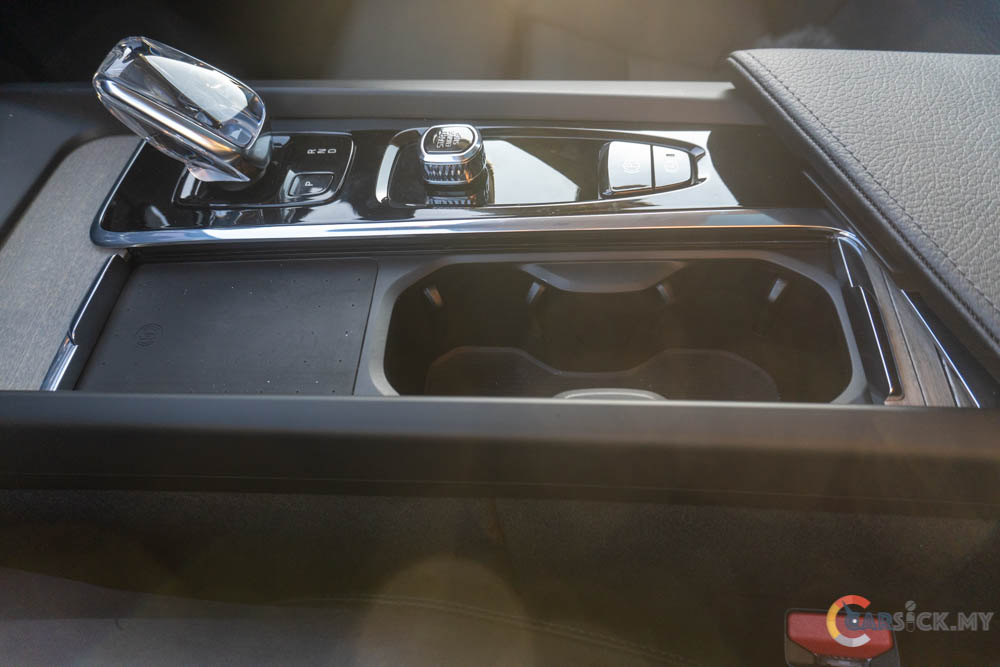
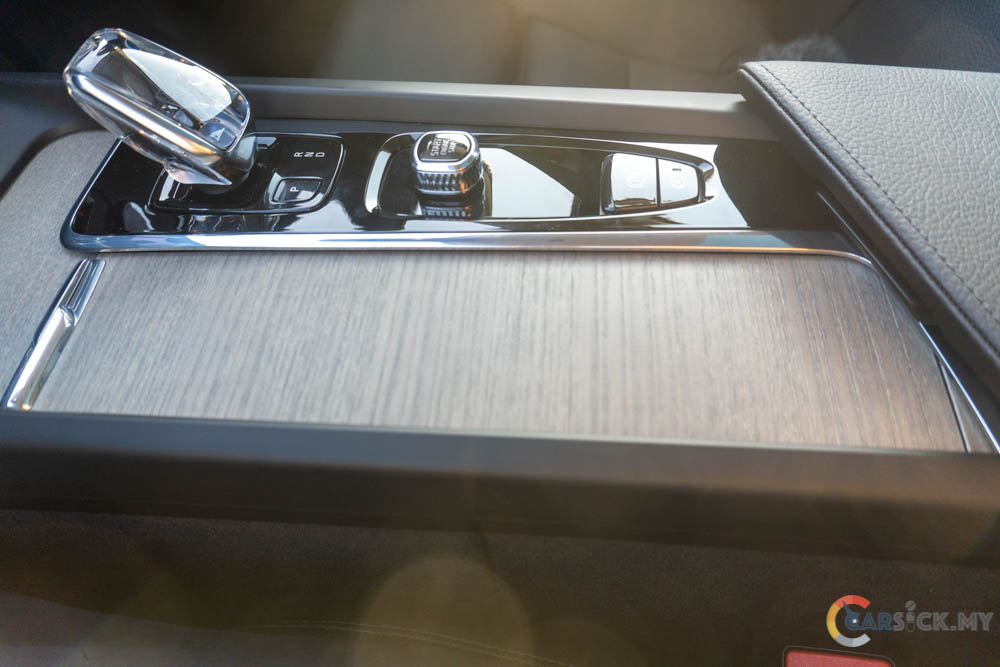
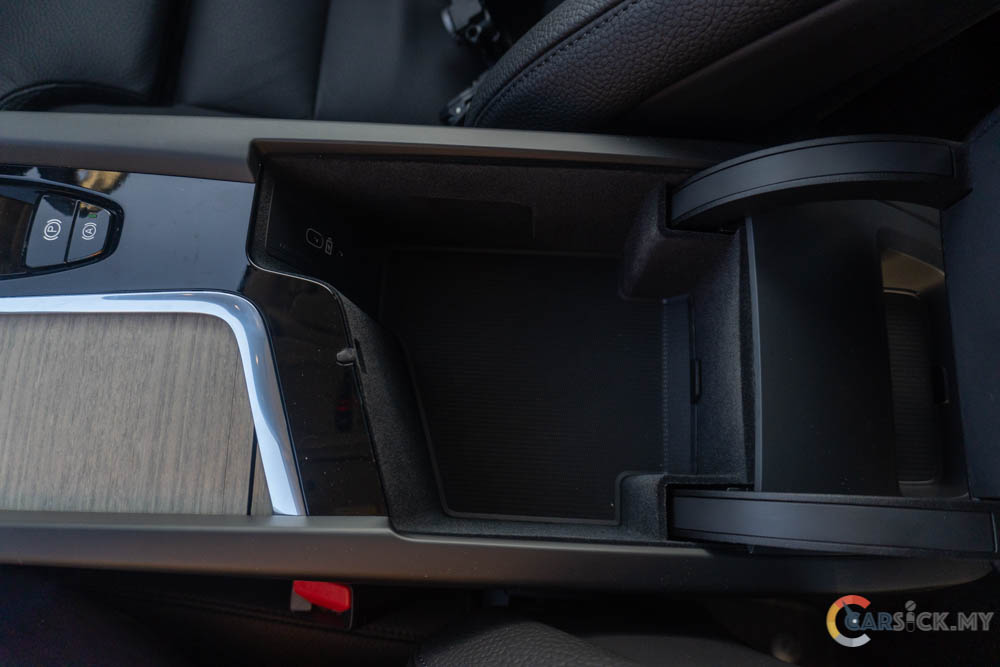
With the update of the infotainment system, Volvo also upgraded the instrument cluster to give it a fresher look. The new instrument cluster comes with an even cleaner look that is more pleasing to the eyes. When using the instrument cluster, I will leave it in the map mode as I like the way the map sits in the center of the screen. 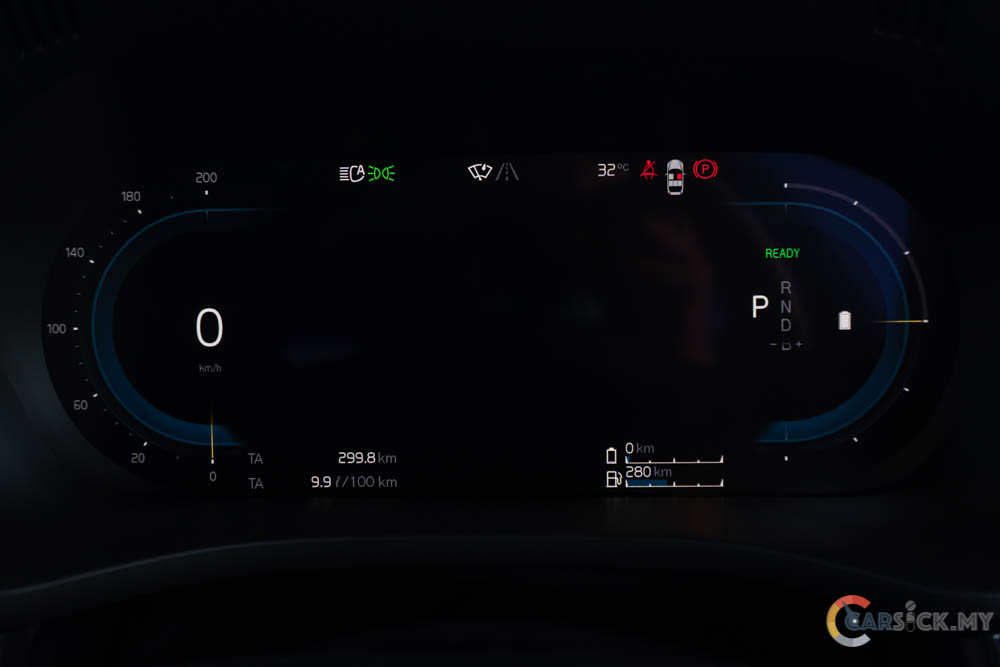

Powertrain wise, the T8 powertrain has been retained from the pre-facelift car. This powertrain utilizes a 2.0L turbo and supercharged engine, paired with 2 electric motors to pull the SUV along. This powertrain has a total output of 407 bhp and 640 Nm of torque. From standstill, the XC60 can hit the 100km/h mark in 5.3 seconds. Since Volvo has committed to ensure their cars will not cause fatalities, the XC60 top speed has also been limited to 180km/h. 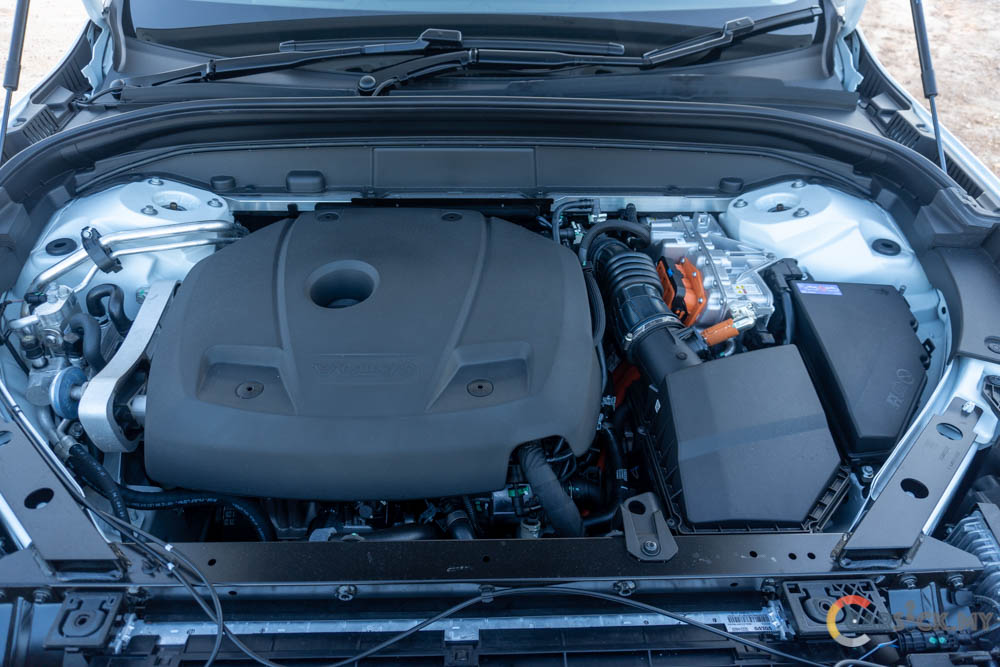
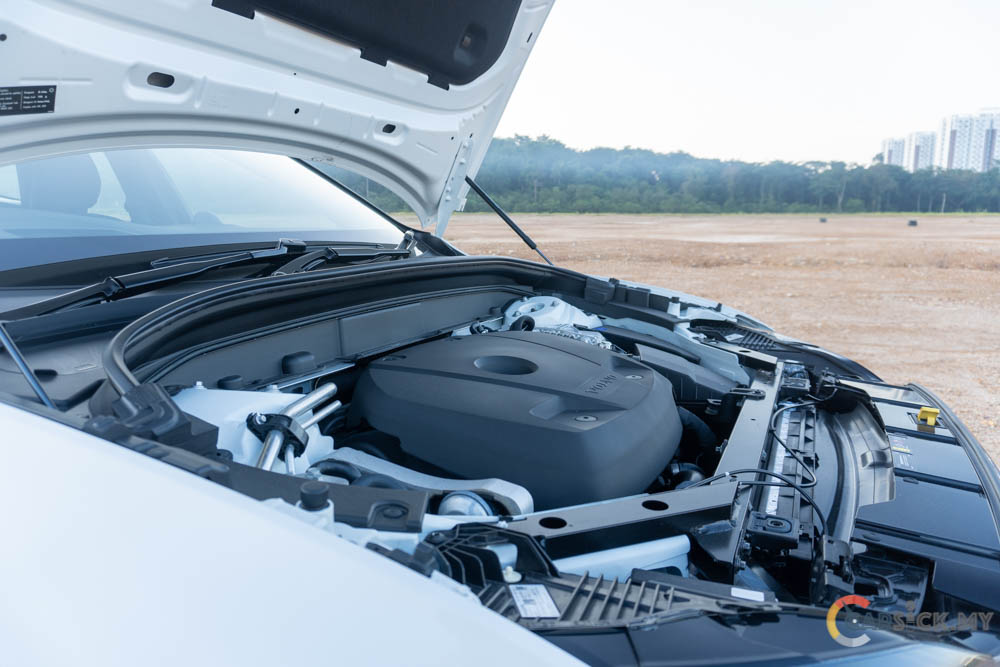
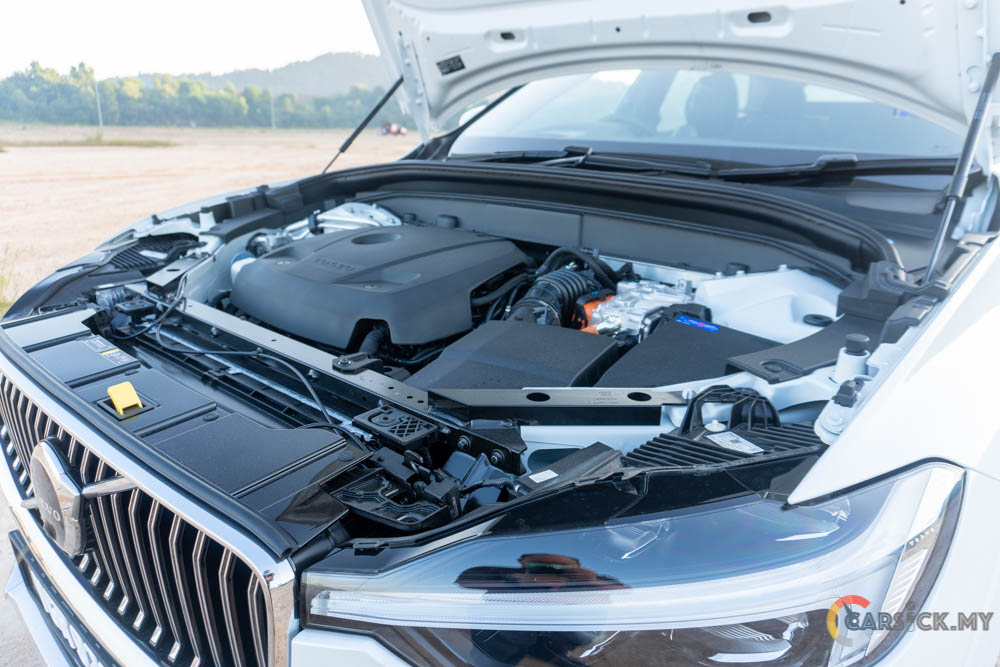
This powertrain suited the characteristic of the XC60, where most of the owners will use it for either long distance cruising or daily drive around the city. The powertrain is smooth yet rapid to get the XC60 up to highway speed. This engine has plenty of low end torque for day to day drive, but when necessary, there is plenty of power on tap to give the XC60 a sudden burst of acceleration.
With the hybrid powertrain, the XC60 is quite a heavy vehicle, but it is very capable in handling itself through the corners. With the 235/55 R19 tyres all round, the specially developed tyres for Volvo do provide plenty of grip to the heavy SUV. As for the ride, the front of the SUV rides comfortably over bumps and uneven roads. On the other hand, the same bumps and uneven roads may make the rear of the SUV feel bumpy just like what I’ve mentioned previously. 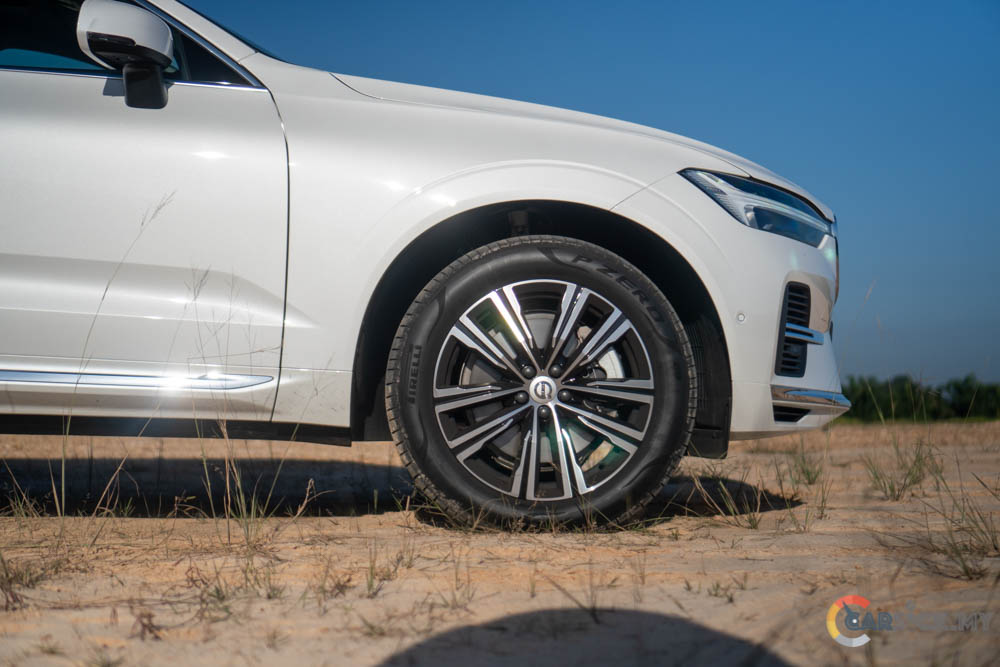
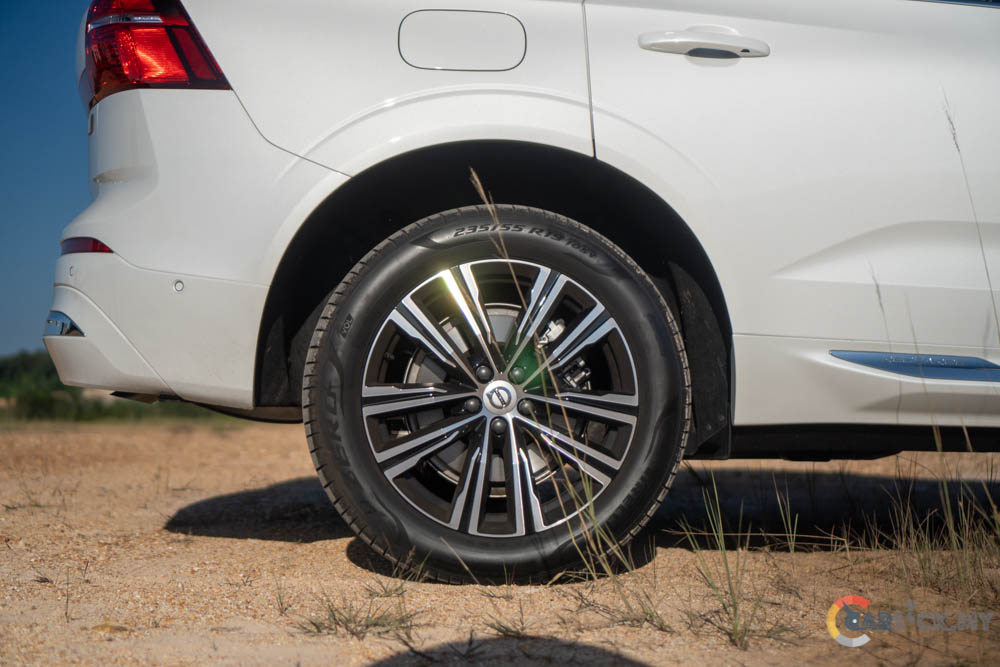
For the brakes, the XC60 gets strong performing brakes, and not even once I felt that the brakes needed any upgrades. And being a Volvo, the XC60 will be fitted with a whole host of safety and driver assistance systems. For safety system, the XC60 comes with 6 airbags, Anti Lock Braking System (ABS), Emergency Brake Assist (EBA), Dynamic Stability Control (DSC), Traction Control System (TCS), Run-Off Road Mitigation with Road Edge Detection, and Auto Hold Assist. And for driver assistance system, it includes Collision Avoidance & Mitigation with Intersection Support, City Safety with Steering Support and Braking, Front & Rear Collision Warning & Mitigation Support, Lane Keeping Aid (LKA), Oncoming Lane Mitigation, Blind Spot Information System (BLIS) with Steer Assist, Cross Traffic Alert (CTA) with Auto Brake, and Pre-Prepared Restraints (PRS).
The latest XC60 is priced at RM 325,449.40, and with the new Android Automotive OS, it makes me super excited about the future of vehicle infotainment systems. At the moment, this OS is still very new to the market, but I do see it becoming a system that will be widely adopted by the industry. When more and more apps are made available for the system, more users will have the ability to access their favorite apps without having them take their phones out and connect it to the infotainment system, making it a truly wireless experience. As for the XC60 itself, it’s a great SUV that is not only very capable over long distances, but also very capable when driven in the city.
Check out photo Gallery here. 